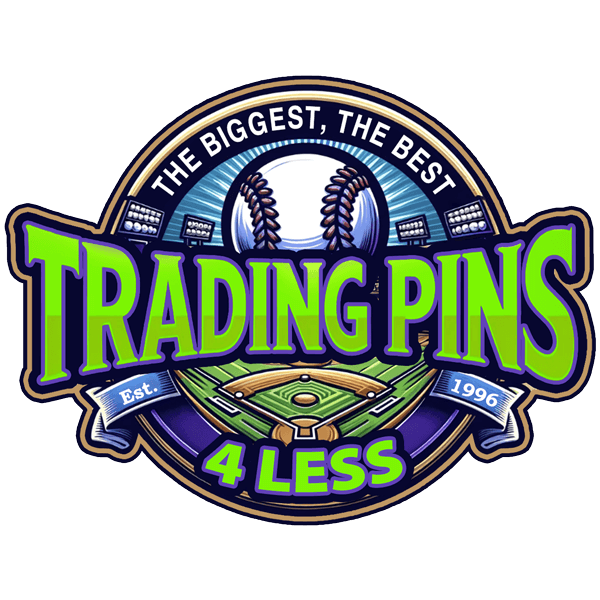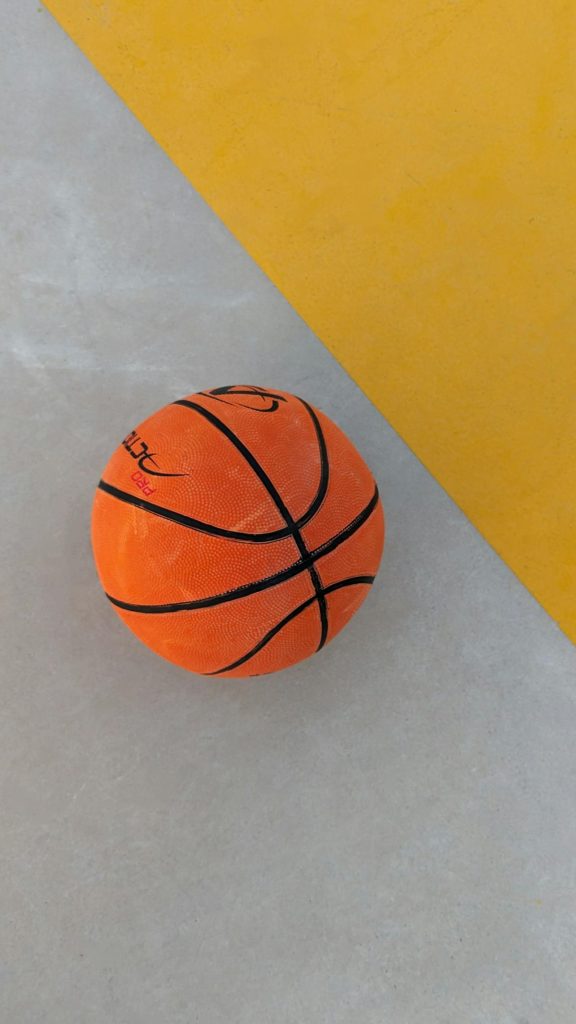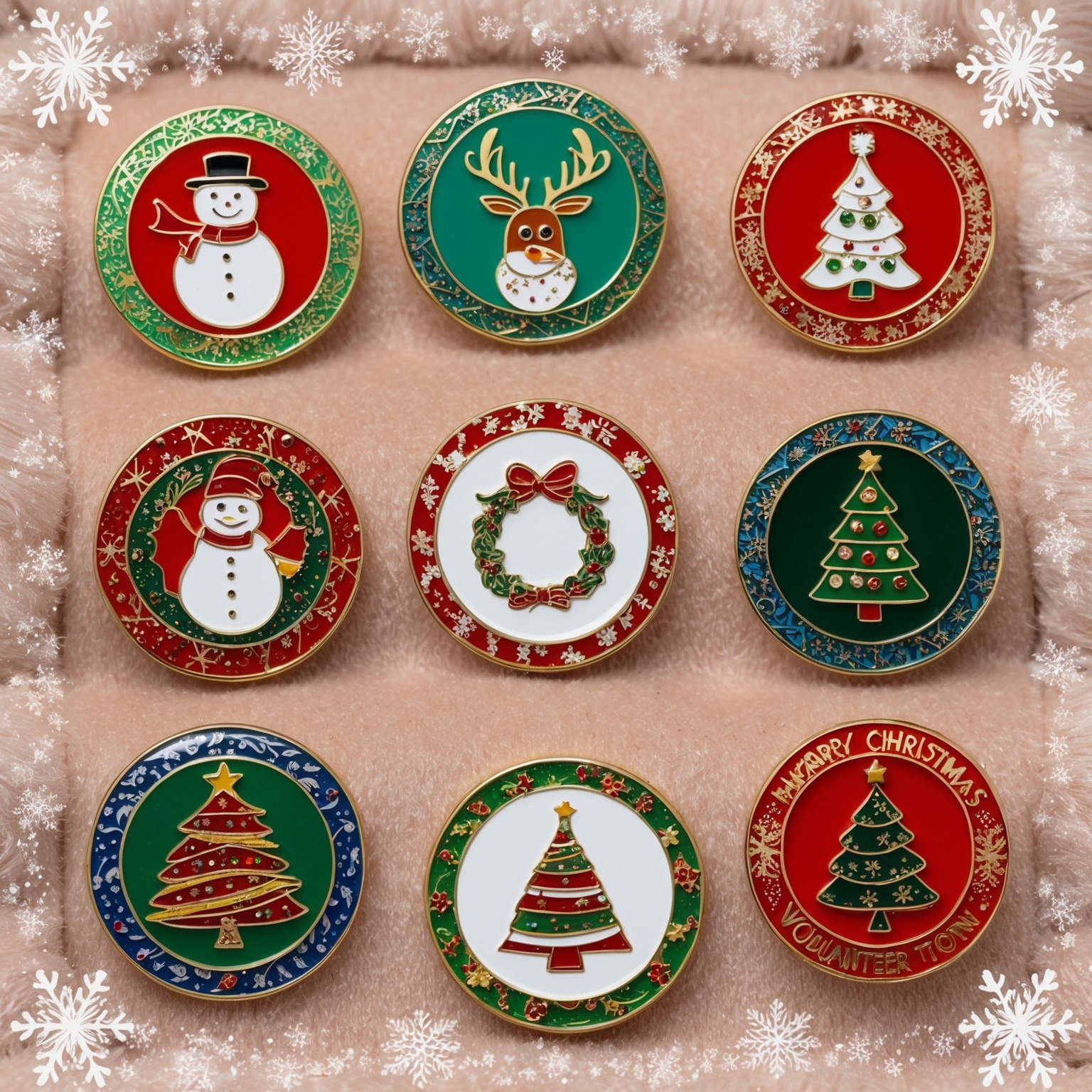Sports trading pins have captivated enthusiasts for decades, offering a unique blend of art, nostalgia, and community. Whether you’re a passionate sports fan, a collector seeking rare finds, or someone looking to dive into a new hobby, understanding the ins and outs of collecting sports trading pins can enhance your experience and collection. This comprehensive guide will equip you with all the essential tips and knowledge to become a pro in the world of sports trading pins.
The Fascination with Sports Trading Pins
Sports trading pins are small but powerful tokens that represent teams, events, and memorable moments in sports history. Their appeal goes beyond mere collectibles; they serve as a bridge connecting fans, players, and collectors across the globe.
Historical Context and Evolution
The origins of sports trading pins can be traced back to the early 20th century, with notable use during the 1924 Summer Olympics in Paris. Athletes and officials exchanged pins as a gesture of friendship and goodwill. Over time, this tradition evolved, becoming a popular hobby among spectators and participants alike.
Today, sports trading pins are not limited to the Olympics. They are prevalent in various sports, including baseball, soccer, hockey, and more. The evolution of these pins has seen a transition from simple designs to intricate, limited edition pieces that collectors covet.
The Types of Sports Trading Pins
Understanding the different types of sports trading pins is crucial for any collector. Here’s a breakdown:
- Team Pins
Team pins are among the most common and sought-after types. They often feature a team’s logo, colors, and mascots. Collecting these pins allows fans to showcase their support for their favorite teams. - Event Pins
These pins commemorate specific events, such as the World Series, Super Bowl, or Olympic Games. Event pins are particularly appealing due to their limited availability, as they are often produced exclusively for the event. - Player Pins
Player pins feature individual athletes, often in caricature form or with action shots. These are popular among fans who idolize specific players and want a piece of memorabilia representing them. - Collector’s Pins
These are special edition pins created specifically for collectors. They may be released in limited quantities and often come with certificates of authenticity, making them highly valuable. - Trading Pins
Common in youth sports, trading pins are designed for trading among players and fans at tournaments. They often include a team’s logo and are a fun way for young athletes to engage with the sport’s culture.
The Making of a Pin: Materials and Manufacturing Processes
The craftsmanship behind sports trading pins is an art form in itself. The process involves several steps:
- Designing
The design phase is crucial, as it sets the tone for the pin’s appearance. Designers work closely with teams, events, or sponsors to create unique and attractive designs. - Material Selection
Most sports trading pins are made from metal, with popular options including iron, brass, and zinc alloy. Enamel is often used to add color and detail, with soft enamel and hard enamel being the two main types. - Manufacturing Techniques
- Die-Struck: This method involves stamping the design onto the metal, creating raised and recessed areas.
- Die-Cast: A mold is used to cast the metal into the desired shape, allowing for more intricate designs.
- Soft Enamel: The enamel is applied in the recessed areas and then baked to harden. It has a textured feel.
- Hard Enamel: The enamel is polished flat, giving a smooth finish. Hard enamel pins are more durable and have a premium look.
- Finishing Touches
The final steps include polishing, plating, and adding attachments such as butterfly clasps or magnetic backings. The attention to detail in these steps can significantly impact the pin’s overall quality and value.
Starting Your Sports Trading Pins Collection
Embarking on the journey of collecting sports trading pins requires a strategic approach. Here’s how to get started:
Setting Clear Goals
As with any collection, it’s essential to define your goals. Consider the following questions:
- What sports or teams are you passionate about?
- Are you interested in collecting specific types of pins, such as team, event, or player pins?
- Do you want to focus on a particular era or geographical location?
Your answers will guide your collecting strategy and help you stay focused.
Educating Yourself
Knowledge is power in the world of sports trading pins. Educate yourself on the different types, historical significance, and current trends. Here are some ways to do so:
- Books and Guides
Several books and guides delve into the history and nuances of sports trading pins. These resources can provide valuable insights and tips for new collectors. - Online Resources
Websites, blogs, and forums dedicated to sports trading pins offer a wealth of information. These platforms often feature articles, reviews, and discussions that can enhance your understanding of the hobby. - Joining Collector Communities
Engaging with other collectors can be incredibly beneficial. Joining online groups, forums, or local collector clubs allows you to share experiences, ask questions, and learn from seasoned collectors.
Building Your Collection
Once you have a clear understanding of your goals and have educated yourself, it’s time to start building your collection.
- Starting Small
Begin with a manageable number of pins, focusing on those that genuinely interest you. This approach allows you to explore the hobby without overwhelming yourself. - Budgeting
Set a realistic budget for your collection. While some pins may be affordable, others, especially rare or limited edition pieces, can be expensive. Sticking to a budget helps you avoid overspending and prioritize your purchases. - Where to Find Pins
- Official Team Stores and Merchandise Outlets: These are excellent places to find authentic team pins.
- Online Marketplaces: Websites like eBay, Etsy, and specialized trading pin sites offer a vast selection of pins.
- Sports Memorabilia Shops: These stores often carry a wide range of sports-related collectibles, including pins.
- Trade Shows and Conventions: These events are fantastic opportunities to find unique pins, meet other collectors, and trade pins.
- Flea Markets and Thrift Stores: Occasionally, rare finds can pop up in unexpected places.
- Trading with Other Collectors
Trading is a significant aspect of collecting sports trading pins. It’s a great way to acquire new pins and connect with others. Remember to approach trades with respect and fairness, and always aim for mutually beneficial exchanges.
Advanced Collecting: Becoming a Pro
As you grow more experienced in collecting sports trading pins, you may want to delve deeper into advanced collecting strategies. Here are some tips to elevate your collection:
Specializing in a Niche
- Focusing on a Specific Sport or Team
Specializing in a particular sport or team can make your collection more cohesive and focused. For example, you might collect pins exclusively from Major League Baseball or the Olympic Games. - Collecting by Era
Some collectors enjoy focusing on pins from a specific era, such as the 1980s or early 2000s. This approach can be particularly rewarding if you have a personal connection to that time period. - Themed Collections
Creating a themed collection, such as “Mascots of Major League Baseball” or “Olympic Opening Ceremonies,” adds an interesting narrative to your collection.
Networking and Community Engagement
- Joining Clubs and Associations
Many regions have collector clubs and associations dedicated to sports memorabilia. Joining these groups provides access to exclusive events, trade opportunities, and a network of fellow enthusiasts. - Participating in Conventions and Trade Shows
Attending conventions and trade shows is a great way to meet other collectors, trade pins, and purchase rare items. Events like the National Sports Collectors Convention or the annual Cooperstown Baseball Hall of Fame Induction weekend are popular among collectors. - Online Presence
Engaging with the online community can enhance your collecting experience. Consider starting a blog or social media account to showcase your collection and connect with others.
Investing in High-Quality and Rare Pins
- Identifying Valuable Pins
Recognizing valuable pins requires knowledge and experience. Factors that contribute to a pin’s value include rarity, condition, historical significance, and demand. - Grading and Authentication
For high-value pins, consider professional grading and authentication services. Graded pins are assigned a condition rating, which can significantly impact their value. Authentication ensures that the pin is genuine, not a counterfeit. - Staying Informed on Market Trends
The sports trading pin market can fluctuate based on various factors, such as player popularity or team success. Staying informed on market trends helps you make strategic purchasing and selling decisions.
Preservation and Display: Caring for Your Collection
Proper care and display of your sports trading pins are crucial to maintaining their condition and value.
Preservation Techniques
- Handling Pins Properly
Always handle pins with clean hands, or better yet, use gloves. This prevents oils and dirt from tarnishing the metal or enamel. - Proper Storage
- Pin Albums and Cases: Specially designed albums and cases protect pins from dust and damage. These are ideal for organizing and categorizing your collection.
- Shadow Boxes and Display Frames: These options allow you to showcase your pins while keeping them protected. Shadow boxes can also include related memorabilia, such as tickets or autographs.
- Pin Boards: Cork boards or fabric-covered boards are practical for displaying a large number of pins. They also make it easy to rearrange or update your display.
- Avoiding Environmental Hazards
Store your pins in a cool, dry place away from direct sunlight, which can cause colors to fade. Avoid areas with high humidity or temperature fluctuations, as these can damage the pins.
Displaying Your Collection
- Creating Themed Displays
Organizing your display by theme adds a narrative element and makes it more visually appealing. For example, you could create a display showcasing all the pins from a specific sports season or event. - Rotating Displays
If you have a large collection, consider rotating the pins on display. This not only keeps your display fresh but also allows you to showcase different parts of your collection over time. - Creative Presentation
Get creative with your displays by incorporating other memorabilia, such as sports jerseys, photographs, or equipment. This can enhance the overall aesthetic and storytelling aspect of your collection.
Selling and Appraising Your Collection
At some point, you may consider selling part of your collection or appraising its value. Here’s how to approach these aspects:
Appraising Your Collection
- Understanding Pin Value Factors
The value of sports trading pins is influenced by several factors:- Rarity: Limited edition and rare pins are often more valuable.
- Condition: Pins in mint or near-mint condition typically command higher prices.
- Demand: Pins associated with popular teams, events, or players are generally more sought after.
- Getting Professional Appraisals
For high-value collections, consider getting a professional appraisal. An expert can provide an accurate assessment of your pins’ value, which is helpful for insurance purposes or when selling. - Using Online Price Guides and Auctions
Online resources and auction sites can provide insights into current market values. Comparing similar pins and recent sale prices can help you estimate your collection’s worth.
Selling Your Pins
- Choosing the Right Venue
- Online Marketplaces: Platforms like eBay and Etsy are popular for selling sports trading pins. They offer a wide audience and convenient transaction processes.
- Auction Houses: For rare or high-value pins, auction houses specializing in sports memorabilia can attract serious buyers.
- Trade Shows and Conventions: Selling directly to other collectors at events can yield good prices and reduce transaction fees.
- Effective Marketing
When selling, provide detailed descriptions and high-quality photos of the pins. Highlight any unique features, such as limited edition status or historical significance. Being transparent about the condition is also crucial. - Negotiating Prices
Be prepared to negotiate with buyers. Knowing the market value of your pins helps you set a fair price and negotiate effectively.
Conclusion
Collecting sports trading pins is a rewarding hobby that offers a blend of artistry, nostalgia, and community engagement. Whether you’re a novice collector or an experienced enthusiast, these tips and strategies will help you navigate the world of sports trading pins like a pro.
By setting clear goals, educating yourself, and engaging with the collector community, you can build a collection that reflects your passions and interests. Proper care and display of your pins will ensure they remain in excellent condition, preserving their beauty and value. And as you explore advanced collecting strategies, you can create a truly unique and valuable collection.
Remember, collecting sports trading pins is not just about acquiring objects; it’s about celebrating sports, connecting with others, and cherishing memories. Happy collecting!
If you are interested in buying high quality custom trading pins, you can call us at 1-800-641-1299 or fill out a FREE quote form.







